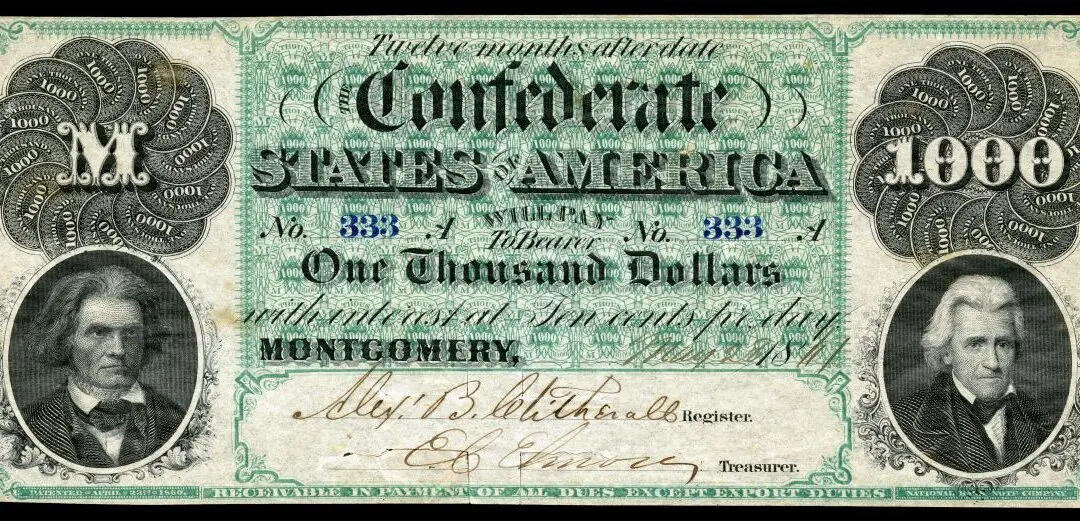Leonard Bernstein (1918–1990) was a legend in the classical music world of the 20th century. He was New York’s maestro, known for his Broadway works, like “Peter Pan,” “Candide,” “On the Town,” “Wonderful Town,” and, most notably, “West Side Story.”
He was born to Russian immigrant parents and quickly took an interest in music, specifically the piano. His father was not willing to pay for his lessons, so young Bernstein saved his money and paid for his own lessons. Demonstrating his ability on the keys, his impressed father purchased the young musician a baby grand piano.





